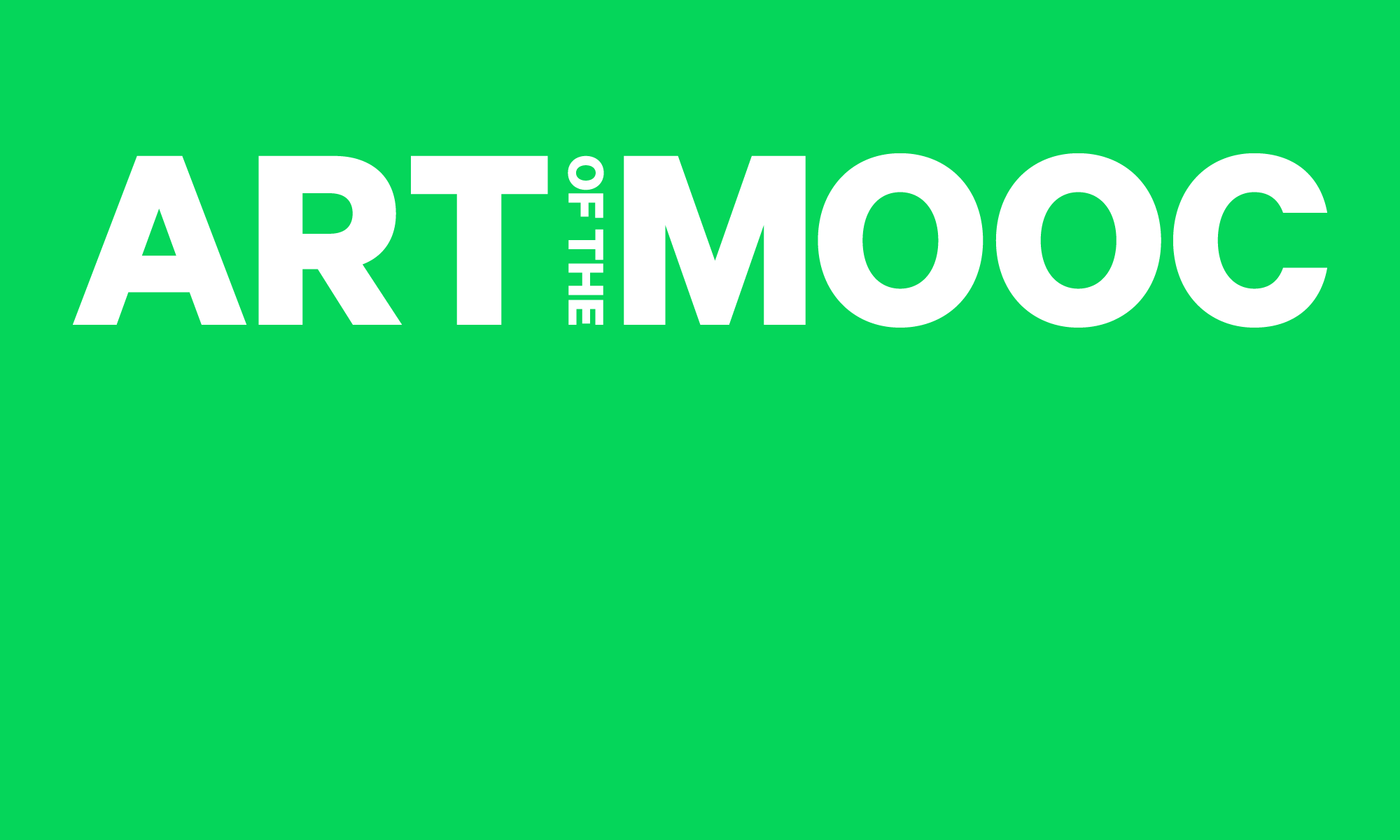One of the most topical portions of the lectures this week was the portion concerning the Ithaca dollar, a currency invented in 1990. The concept behind the currency is that one hour of labor equals ten Ithaca dollars, rather than rewarding people differently for the different jobs they perform. This is quite reminiscent of Bitcoin. In 2008, a paper entitled Bitcoin: A Peer-to-Peer Electronic Cash System was published to a cryptography mailing list by Satoshi Nakamoto. The paper detailed a type of universal currency that could be sent electronically and stored in electronic wallets. Although electronic money existed before that, Nakamoto was the first to envision such a decentralized currency, backed by no governments. In order to make this happen, he came up with the idea of the blockchain: a public ledger, accessible by anyone, that contains every bitcoin transaction ever made. This shares quite a few similarities with the Ithaca dollar, the main being its decentralized nature. There are no government agencies backing it – no federal reserve to control the flow of the money or to insure it as they do for banks. The only way that the currency has value is because people believe that it has value. Nakamoto’s currency was a massive success, and one Bitcoin is now worth upwards of ten thousand dollars. But it makes us think – why does any currency have value? The United States gold standard is gone – a citizen can no longer show up to the US Treasury and demand gold in return for his dollar bills. Yet the value of the dollar stays remarkably stable. The answer lies merely in adoption. Everyone believes the US dollar still has value and accepts it in exchange for goods and services, so it does. The biggest obstacle that Bitcoin faced was convincing people the same, and that started by getting some online retailers to accept it, leading to more widespread use. Bitcoin still has many obstacles to face – high transaction fees and slow transaction speeds, to name two – but it has overcome what many thought were impossible barriers and I believe it will continue improving and growing until it is a commonly used currency around the world.

a wiki of socially engaged art